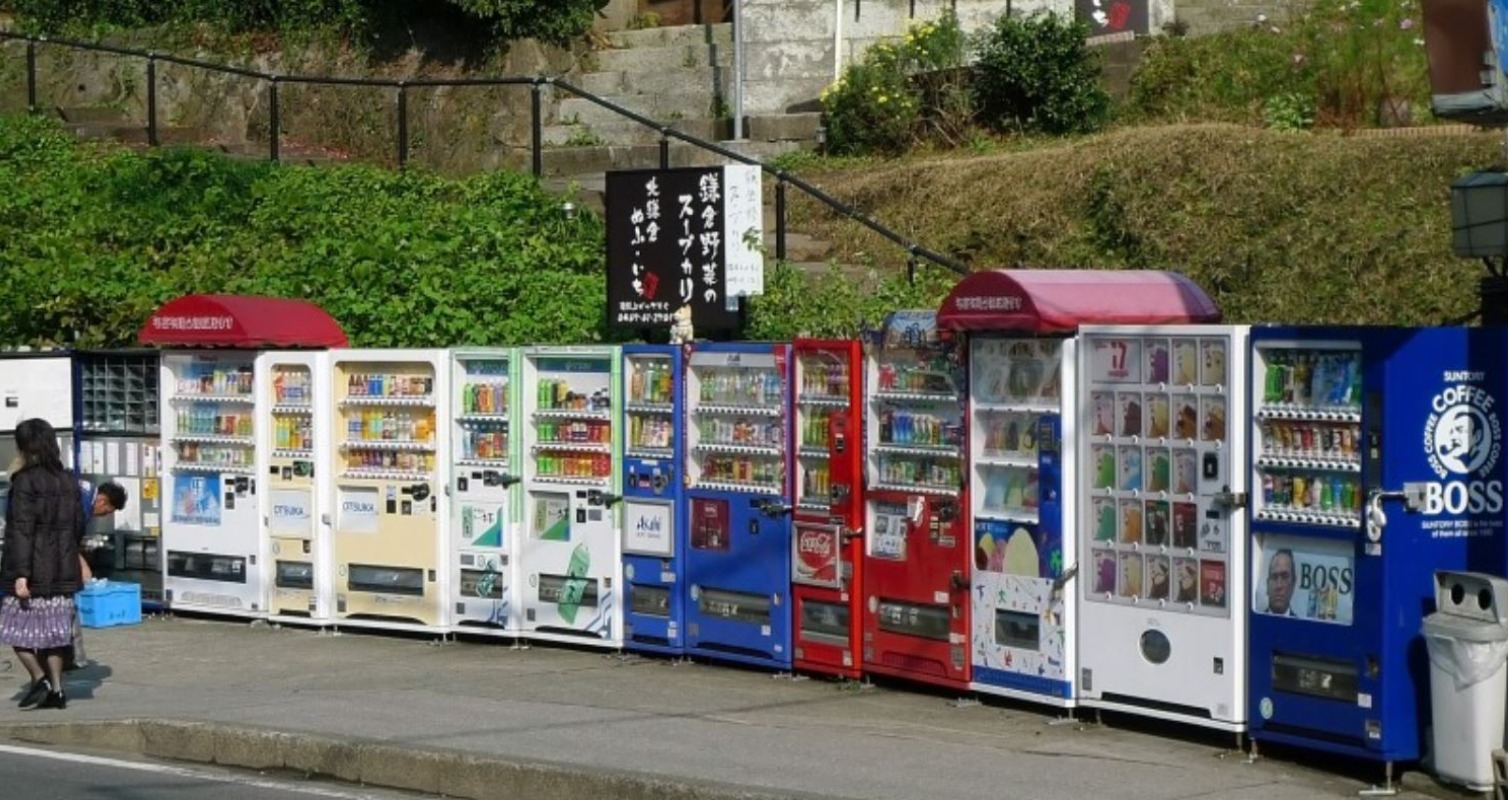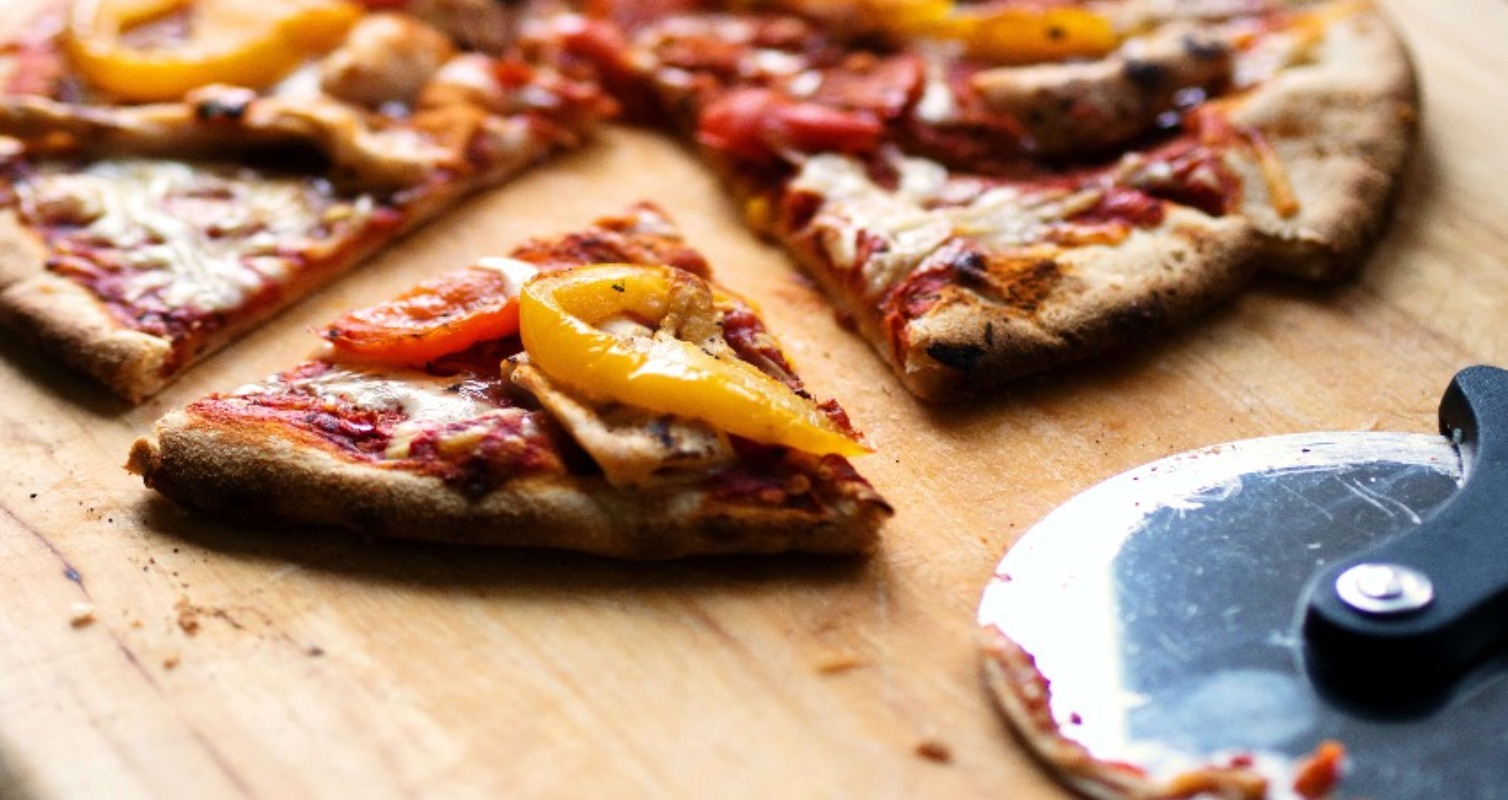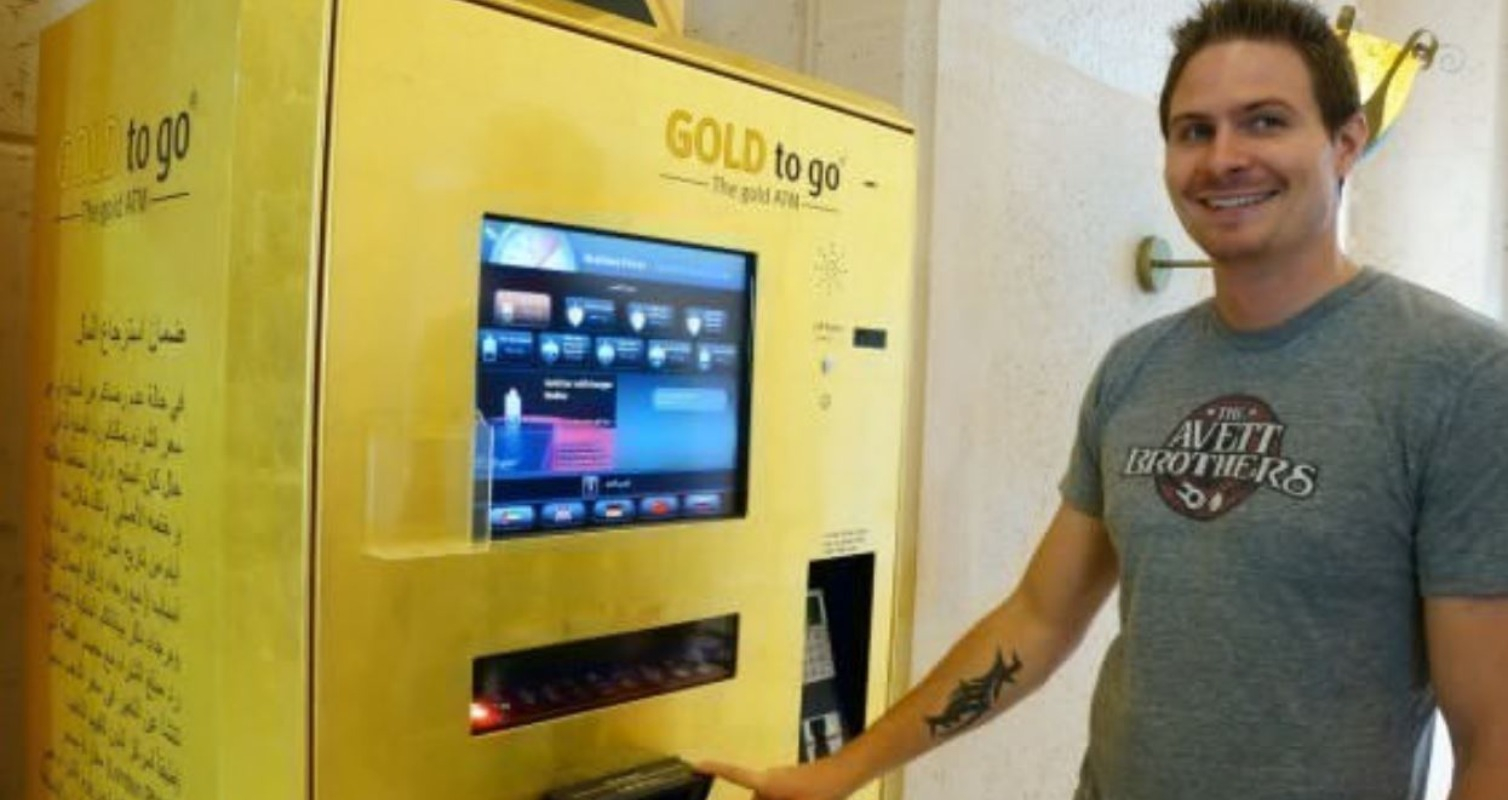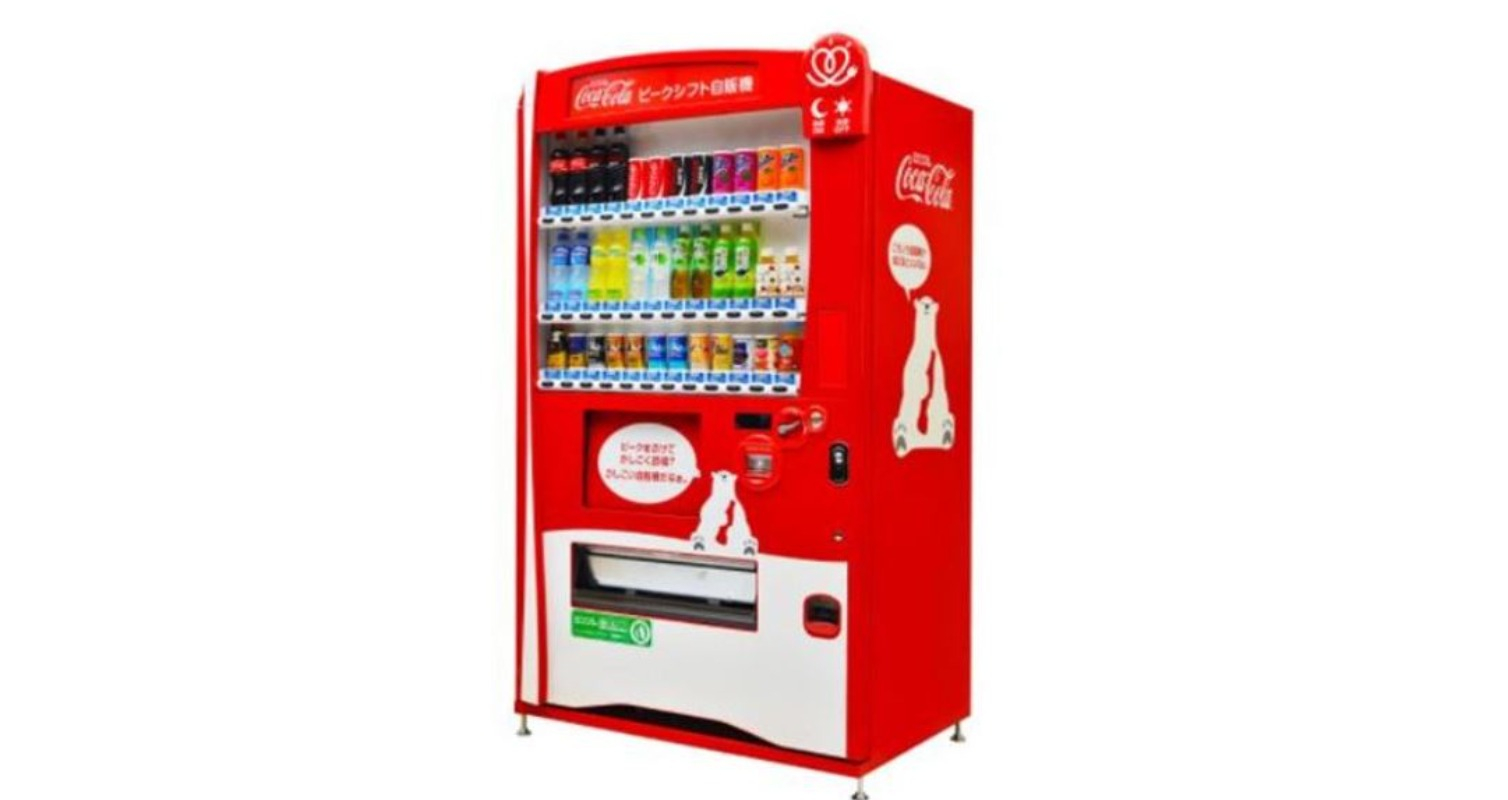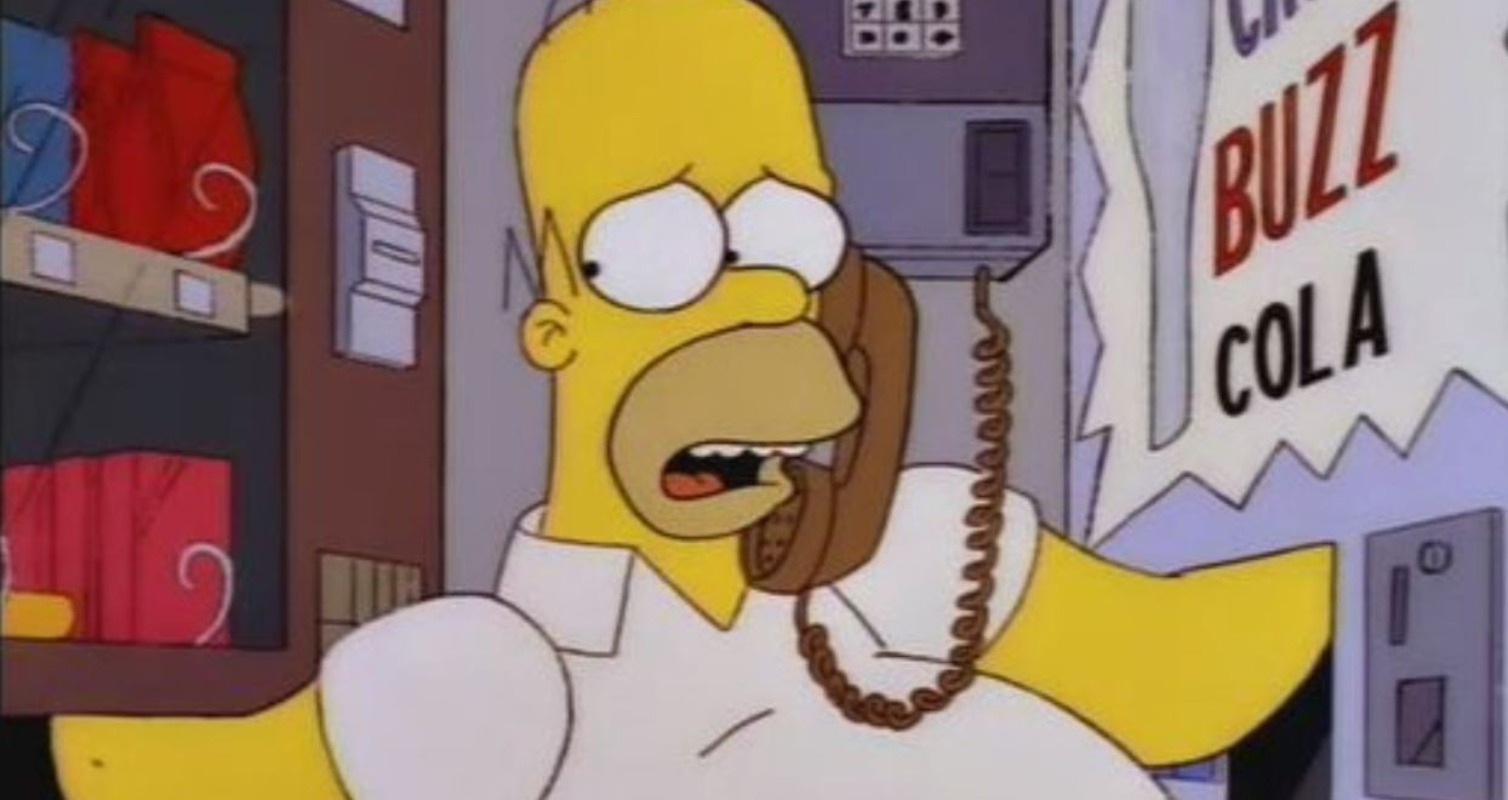The first vending machine in Japan sold cigarettes, and was introduced in 1888. The inventor of this vending machine was a furniture artisan by the name Tawaraya Koshichi.
Why Japan loves vending machines? Three main reasons are usually attributed:
- Japan’s low crime rate – vending machines, whether inside or outside, are seldom broken into.
- Japan’s love for convenience – the ability to purchase whatever you want wherever you want is culturally appealing.
- Japan’s knack for quirky cool and the quest for the latest trend – who wouldn’t queue up to be one of the first to buy something not available anywhere else?
Fun Fact about vending machine in Japan
- Japan has over 5 million vending machines nationwide.
- Japan has approximately 1 vending machine for every 23 people.
- Annual sales from vending machines total more than $60 million USD.
- If all Japanese vending machines were placed side by side, it would extend from Tokyo all the way to Hawaii.
- Japanese vending machines can accept many forms of payment.
- Employees who restock Coca-Cola system vending machines in Japan also engage in crime prevention initiatives to keep neighborhoods safe. If they notice any suspicious activity or see someone who may need help these Coke employees alert local police or fire stations, or provide assistance themselves.
Items from Vending Machine in Japan
- Drinks (2,423,800)
- Food (72,000)
- Self-Service (1,297,300)
- Ticket machines (58,400)
- Cigarettes (153,300)
- Daily Essentials (230,300)
2018 Data from Japan Vending Services Manufacturers Association (JVMA)
Getting a vending machine in Japan
An interested person can apply for a vending machine. Once the management approves the application, they need to pay an installation charge of about 10,000 Yen. The vending machine is then set up for them at the chosen spot from the available ones. If you get a good spot, the vending machine can be a very lucrative business.
Source
- Its Your Japan
- Coca-Cola Journey Team in Japan
